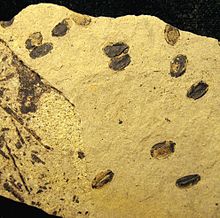
The Nymphaeales are an order of flowering plants, consisting of three families of aquatic plants, the Hydatellaceae, the Cabombaceae, and the Nymphaeaceae. It is one of the three orders of basal angiosperms, an early-diverging grade of flowering plants. At least 10 morphological characters unite the Nymphaeales. One of the traits is the absence of a vascular cambium, which is required to produce both xylem (wood) and phloem, which therefore are missing. Molecular synapomorphies are also known.

Nymphaeaceae is a family of flowering plants, commonly called water lilies. They live as rhizomatous aquatic herbs in temperate and tropical climates around the world. The family contains five genera with about 70 known species. Water lilies are rooted in soil in bodies of water, with leaves and flowers floating on or emergent from the surface. Leaves are round, with a radial notch in Nymphaea and Nuphar, but fully circular in Victoria and Euryale.
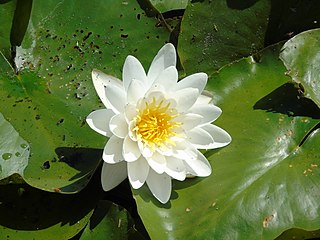
Nymphaea is a genus of hardy and tender aquatic plants in the family Nymphaeaceae. The genus has a cosmopolitan distribution. Many species are cultivated as ornamental plants, and many cultivars have been bred. Some taxa occur as introduced species where they are not native, and some are weeds. Plants of the genus are known commonly as water lilies, or waterlilies in the United Kingdom. The genus name is from the Greek νυμφαία, nymphaia and the Latin nymphaea, which mean "water lily" and were inspired by the nymphs of Greek and Latin mythology.

Nymphaea alba, the white waterlily, European white water lily or white nenuphar, is an aquatic flowering plant in the family Nymphaeaceae. It is native to North Africa, temperate Asia, Europe and tropical Asia.

Nymphaea lotus, the white Egyptian lotus, tiger lotus, white lotus, or Egyptian water-lily, is a flowering plant of the family Nymphaeaceae.

Nuphar lutea, the yellow water-lily, brandy-bottle, or spadderdock, is an aquatic plant of the family Nymphaeaceae, native to northern temperate and some subtropical regions of Europe, northwest Africa, and western Asia. This species was used as a food source and in medicinal practices from prehistoric times with potential research and medical applications going forward.

Nymphaea nouchali, often known by its synonym Nymphaea stellata, or by common names blue lotus, star lotus, red water lily, dwarf aquarium lily, blue water lily, blue star water lily or manel flower, is a water lily of genus Nymphaea. It is native to southern and eastern parts of Asia, and is the national flower of Bangladesh and Sri Lanka. In Sanskrit it is called utpala. This species is usually considered to include the blue Egyptian lotus N. nouchali var. caerulea. In the past, taxonomic confusion has occurred, with the name Nymphaea nouchali incorrectly applied to Nymphaea pubescens.
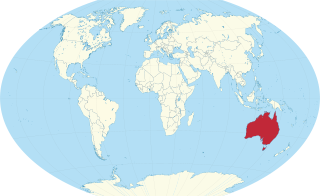
Nymphaea ondinea is a flowering aquatic plant in the family Nymphaeaceae native to northwestern Australia.
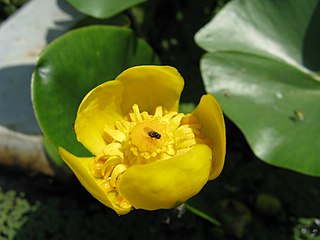
Nuphar pumila, the least water-lily or small yellow pond-lily, is an aquatic perennial plant in the Nymphaeaceae family. It is also known as the dwarf water lily since it looks like a smaller Nuphar lutea. while Nuphar pumila has a star-shaped, or lobed form of the stigma disc and glabrous leaf undersides, Nuphar lutea has a round stigma disc and the undersides of its leaves are occasionally fine-haired on the midribs. Its flowers bloom from July to August and are typically pollinated by flies.
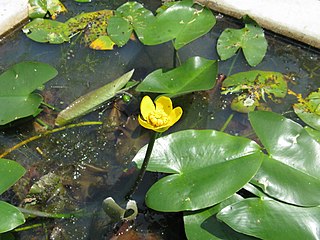
Nuphar japonica, known as East Asian yellow water-lily, is an aquatic plant species in the genus Nuphar found in Japan and the Korean Peninsula. It is endangered in Russia. The species was not accepted by The Plant List as of November 2013, which regarded it as an "unresolved name".
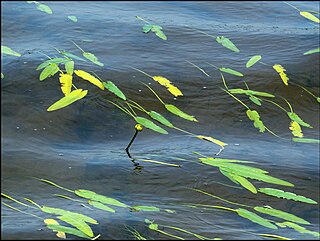
Nuphar sagittifolia, common name arrow-leaved water-lily or Cape Fear spatterdock, is a plant species known only from North Carolina, South Carolina, and Virginia.

Nuphar carlquistii is an extinct species of flowering plant in the family Nymphaeaceae related to the modern spatterdock, Nuphar advena. The species is known from fossil seeds and fruits found in the early Eocene Okanagan Highlands deposits of northern Washington state and British Columbia, Canada.
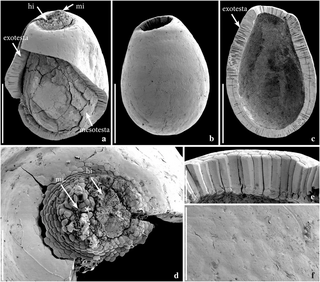
Notonuphar is an extinct genus of water lily in the family Nymphaeaceae. It contains a single species, Notonuphar antarctica. It is only known only from the Eocene-aged La Meseta Formation of Seymour Island, Antarctica.
Nuphar ulvacea is a species of rhizomatous aquatic plant native to the US-American states Alabama and Florida.

Nuphar submersa is a species of rhizomatous aquatic plant endemic to Japan.
Nuphar ozarkana is a species of aquatic plant native to the US-American states Arkansas, Missouri, and Oklahoma.

Nuphar saikokuensis is a species of rhizomatous aquatic plant endemic to Japan.

Nuphar oguraensis is a species of rhizomatous aquatic plant endemic to Japan.

Nuphar × saijoensis is a species of rhizomatous aquatic plant endemic to Japan. It is a natural hybrid of Nuphar japonica and Nuphar pumila, or Nuphar japonica and Nuphar pumila subsp. oguraensis.

Nuphar × porphyranthera is a species of rhizomatous aquatic plant native to Great Britain. It is a hybrid of Nuphar lutea and Nuphar advena.



